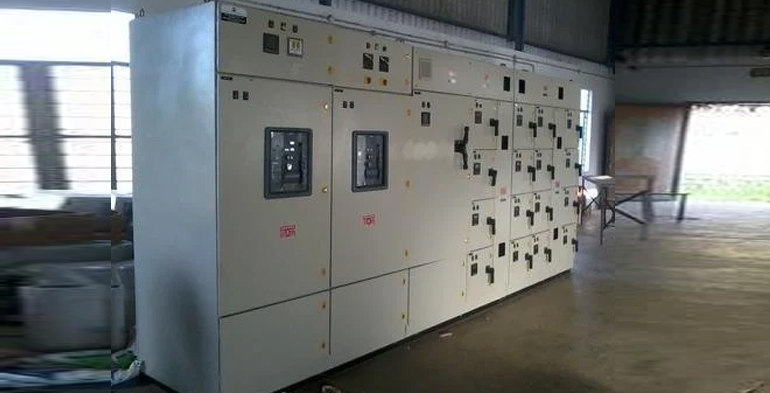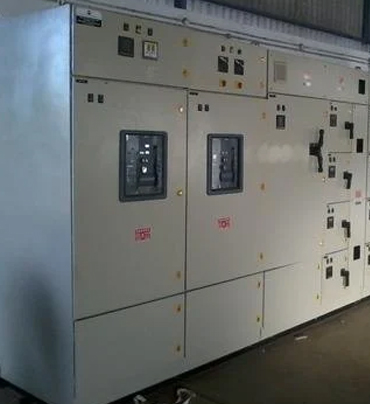
LCT METER BOARDS

Description of Distribution Panel Boards:
Distribution panel boards are an integral part of electrical distribution systems, serving as the central point for receiving electrical power and distributing it to various circuits and electrical loads within a building. These boards are designed to provide control, protection, and organization for the electrical wiring and components of a facility.
Distribution panel boards
Distribution panel boards, often referred to as distribution boards (DB), are essential components in electrical distribution systems that serve to manage and distribute electrical power to various circuits and loads within a building or facility. These panel boards play a crucial role in ensuring the safe and efficient delivery of electricity. Here is a description of distribution panel boards:
Keywords
-
Distribution panel boards: equipped with circuit breakers or fuses for each circuit to protect against electrical overloads and short circuits. These protective devices ensure the safety of the electrical system and the building's occupants.
-
Busbars: Busbars are used to distribute power from the main incoming feed to individual circuits. They provide a common connection point for circuit breakers or fuses.
-
Labels and Organization: Each circuit in the distribution panel is typically labeled, making it easy to identify and troubleshoot specific circuits and loads.
-
Safety Features: Distribution panel boards incorporate safety features such as door interlocks, which prevent access to live electrical components when the door is open, and earth leakage protection to protect against ground faults.

-
Compatibility: They are designed to accommodate various types of circuit breakers and fuses, allowing for flexibility and compatibility with different electrical systems.
Applications:
Distribution panel boards are used in a wide range of applications, including:
- Residential: In homes, they serve to distribute electricity to lighting, outlets, appliances, and other electrical devices.
- Commercial: In commercial buildings, these panel boards manage power distribution for offices, retail spaces, and industrial facilities.
- Industrial: In industrial settings, distribution panel boards are used to control and distribute power to machinery, equipment, and various processes.
- Public Infrastructure: They are employed in public infrastructure projects, such as schools, hospitals, and government facilities, to ensure reliable power distribution.
Importance of Distribution Panel Boards:
Distribution panel boards are essential for several reasons:
- They ensure the safe and efficient distribution of electrical power.
- They provide a means to isolate circuits for maintenance or in the event of a fault.
- They enable proper organization and identification of circuits.
- They contribute to the overall electrical system's reliability and safety.
